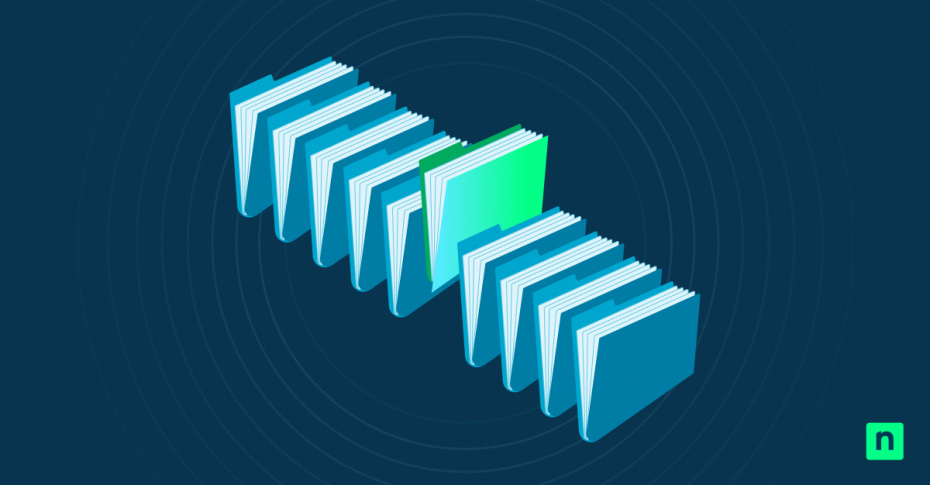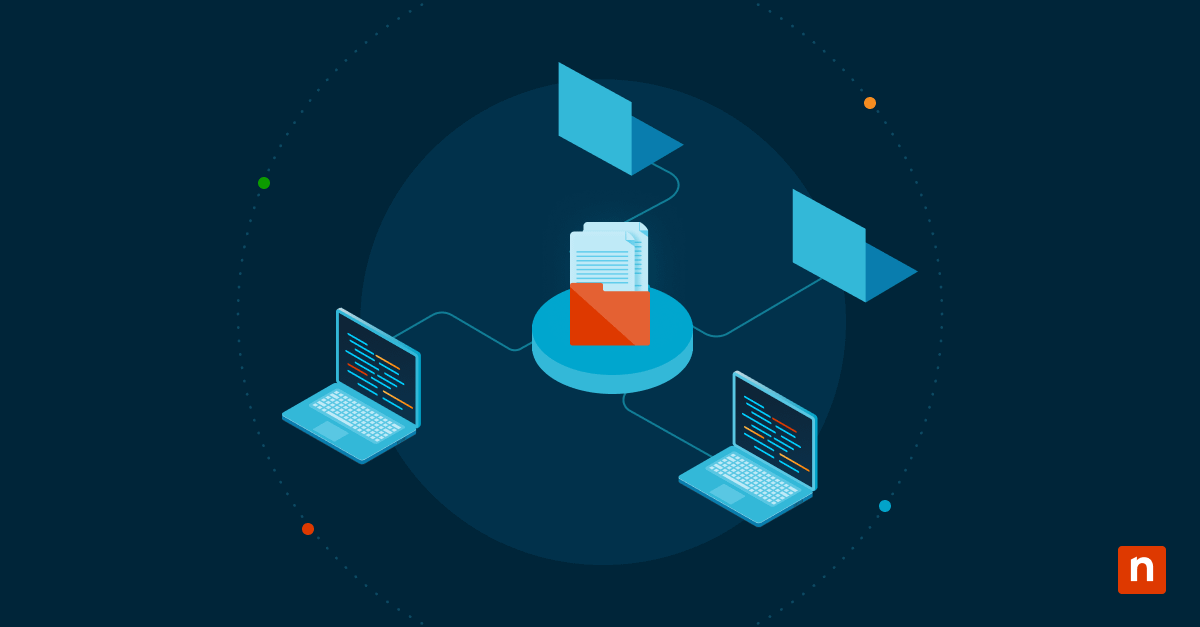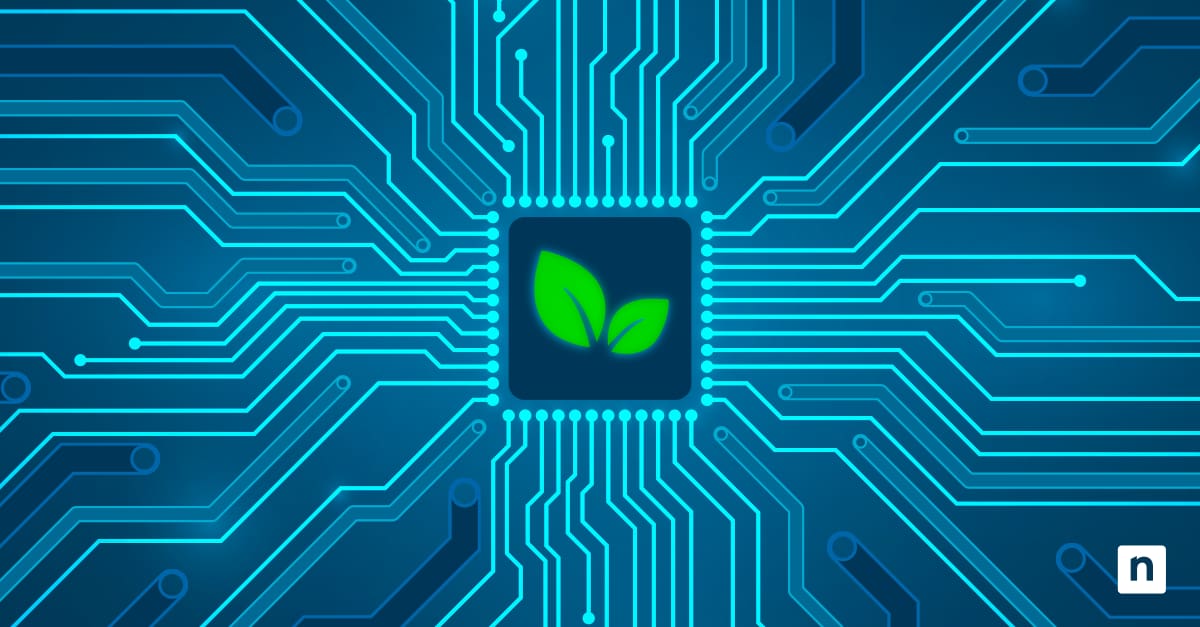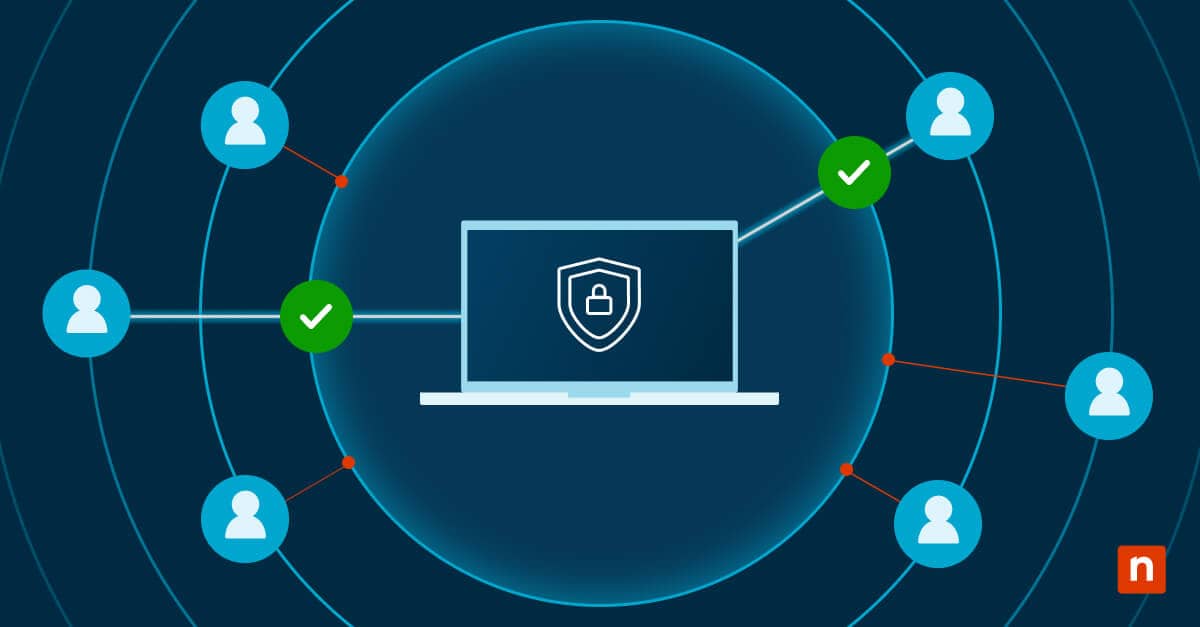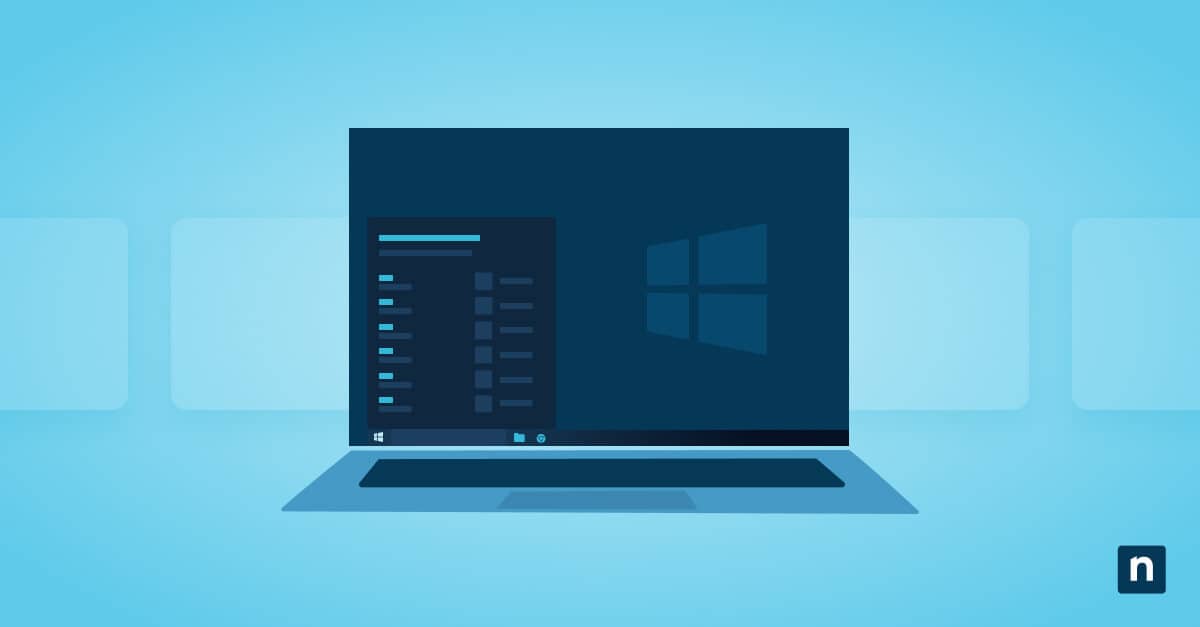With how big file sizes are nowadays, they can easily fill up your storage. That’s why most computer users prefer to delete files and folders that they may consider clutters to get rid of. The Windows10Upgrade is one of those folders that can become unnecessary clutter in your system.
The Windows10Upgrade folder is created when the Windows 10 Update Assistant tool is used to upgrade the operating system. This folder stores files related to the upgrade process. While it typically occupies around 20 MB, it can grow larger during the upgrade process.
In this article, we will guide you through removing the Windows10Upgrade folder safely when you decide to declutter your computer storage.
Requirements before deleting the Windows10Upgrade folder
Before you can proceed with the deletion of this folder, here are some requirements your system needs to meet first:
- Windows 10 operating system. This guide specifically applies to Windows 10. Your computer should be running this version of Windows to continue.
- Administrator privileges. You will need elevated permission to perform some steps in this guide.
- Familiarity with system settings and file management. A certain level of expertise with system settings and file management may also be needed. This will be useful since you will be navigating folders and using system tools like the Control Panel or Settings app to follow this guide.
Understanding the Windows10Upgrade folder
- Location: The folder is located under your system drive, which is usually C:\Windows10Upgrade.
- Creation: This folder is created when you use the Windows 10 Update Assistant when upgrading the operating system.
- Purpose: The Windows10Upgrade folder stores setup files and logs used in the upgrade process. These files and logs help the Update Assistant download, verify, and install the update.
- Size: While the folder is typically around 20 MB, its size may grow significantly if temporary files or logs accumulate during the update.
- Can it be safely deleted?: Yes. If your upgrade has completed successfully and you’re not planning on using the Update Assistant again soon, it is entirely safe to delete the folder.
How to delete Windows10Upgrade folder
Method 1: Uninstall via Settings (recommended)
This method is the most straightforward way to remove the Windows10Upgrade folder. It involves deleting the update assistant tool. Here’s how:
- Press the Windows key + I to open the Settings app.
- Go to Apps > Apps & features.
- Scroll down the list and locate Windows 10 Update Assistant.
- Click on it, then select Uninstall.
- Follow the on-screen instructions to complete the uninstallation.
⚠️NOTE: Uninstalling the Update Assistant will automatically remove the Windows10Upgrade folder.
Method 2: Uninstall via Control Panel
This method best fits those who prefer or know how to navigate the classic Control Panel interface. Here’s how:
- Press the Windows key + R, type appwiz.cpl, and press Enter to open Programs and Features.
- In the list of installed programs, find Windows 10 Update Assistant.
- Right-click on it and choose Uninstall.
- Complete the uninstallation process as prompted.
⚠️ NOTE: This method also removes the Windows10Upgrade folder automatically, achieving the same result as the first method.
Method 3: Manual deletion (if uninstallation is not possible)
In some instances, you may fail to see the Windows 10 Update Assistant as one of the installed apps. If that’s the case, you can manually delete the Windows10Upgrade folder.
But first, you need to ensure that the Update Assistant is not running in the background. Otherwise, the deletion may fail. Here’s how:
- Press the Ctrl + Shift + Esc keys simultaneously to open Task Manager
- Check in the Processes and the Details tabs if there are any processes related to the Update Assistant.
- If there are processes related to the Update Assistant running in the background, proceed to step 3.
- If none, you can proceed to the Windows10Upgrade folder manual deletion below.
- End any processes related to the Update Assistant by right-clicking on them and selecting End task.
- Restart your computer and proceed to the steps on manually deleting the Windows10Upgrade folder below.
After completing this process, you can now proceed with the deletion. Here’s how to manually delete the Windows10Upgrade folder:
- Press the Windows key + E to open File Explorer.
- Navigate to C:\ and locate the Windows10Upgrade folder.
- Right-click on the folder and select Delete.
- If prompted for administrator permission, confirm to proceed.
⚠️ NOTE: If deletion is denied, ensure the Update Assistant is not running in the background. You may need to restart your computer and try again.
Deleting the Windows10Upgrade folder
Removing the Windows10Upgrade folder is a straightforward process that can help reclaim disk space and tidy up your system after a successful Windows 10 upgrade.
While it may contain files related to the upgrade process, it is technically safe to delete because the folder does not contain any necessary files post-upgrade.
Deleting the folder can be done via the Settings app and Control Panel. When the Update Assistant is not listed as an installed program, you can delete the Windows10Upgrade folder manually via the File Explorer. You just have to ensure first that no Update Assistant-related processes are running in the background.

